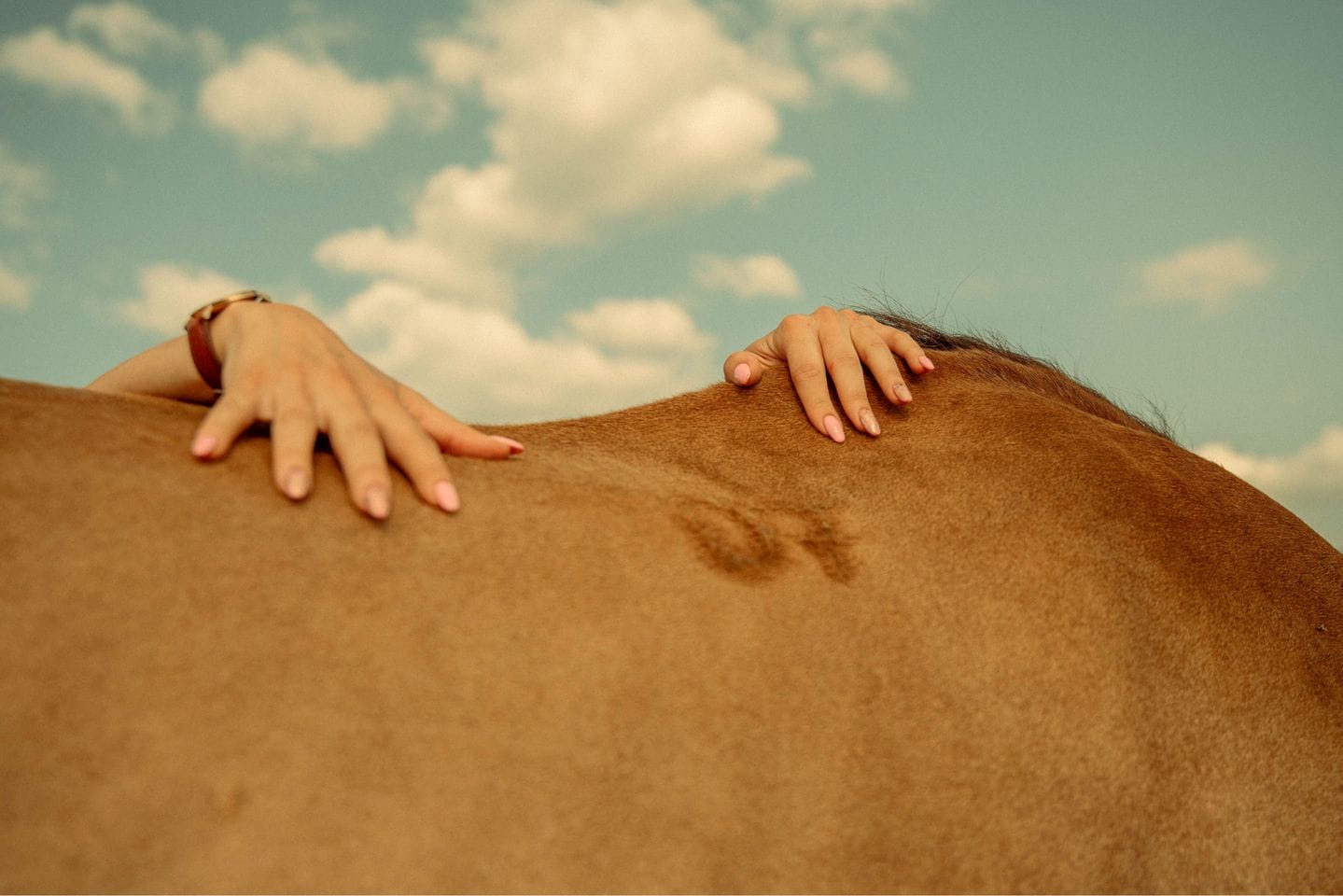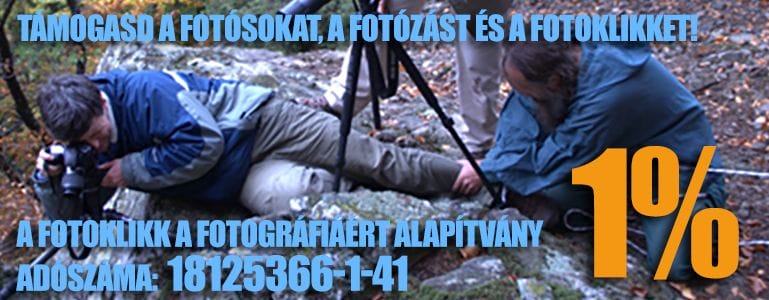
- This event has passed.
CAPAZINE – LET’S PET! – fotókiállítás
2023, March 2 - 2023, April 16

***Please scroll down for the English version***
A Robert Capa Kortárs Fotográfiai Központ tisztelettel meghívja önt és kedves barátait következő kiállításának megnyitójára:
CAPAZINE – LET’S PET!
2023.március 1., 18 óra
Kiállító alkotók:
BEZSELICS-BÉKÉSI Ildikó, DIÓSI Máté, GAJEWSZKY Anna, HOLLÓ Zsuzsa, KISS Richárd, PÓCSIK Andrea, SIMON Iringó, SPANYÁR Judit, SZALAY Krisztina, SZÁSZ Lilla, TÓTH Richárd
Kurátorok: Miklósvölgyi Zsolt, Mucsi Emese
Együttműködő partner: Magyar Mezőgazdasági Múzeum és Könyvtár
Állatiasság, állatosítás, állattá válás – az Animal Studies egy viszonylag új keletű tudományterület, amely e ritkán hallott fogalmak mentén kutatja az ember–állat viszonyokat, az „állat” ember által létrehozott reprezentációit, valamint azt az általános kérdést is, hogy mit jelent embernek lenni. Ennek keretében különféle tudományközi módszerekkel vizsgálják az állatokat és reprezentációjukat, beleértve a művészettörténetet, az antropológiát, a biológiát, a történelmet, a pszichológiát, a muzeológiát, a filozófiát, a kommunikációt, a szociológiát, a filmet és a fotográfiát. A fotográfia kiváló forrás, hiszen a felfedezése óta használjuk az állatok megfigyelésének és megörökítésének eszközeként. Charles Darwin angol természettudós 1872-es Az ember és az állat érzelmeinek kifejezése című munkáját – amelyben az emberi arckifejezések és gesztusok evolúciós gyökereit vizsgálta – gyermekekről, mentálisan visszamaradott páciensekről és főemlősökről készített feljegyzései mellett, különleges tematikus fényképgyűjteményére alapozta. A könyv így nem csak az etológia, a neurobiológia, a kommunikációelmélet és az érzelemkutatás egyik alapműve, de fotótörténeti mérföldkőnek is tekinthető, lévén az egyik első olyan tudományos kiadvány, amelyben állatfotók is szerepelnek.[1]
Svetlana Alpers amerikai művészettörténész szerint már a fotográfia legkorábbi művelői is úgy gondolták, hogy a festészethez és más képzőművészeti műfajokhoz képest a fénykép megadja a természetnek azt a hatalmat, hogy közvetlenül, emberi interpretácó nélkül reprodukálja önmagát.[2] E felfogás értelmében a fényképészet nem csupán a természetről alkotott korábbi elképzeléseinket, de egyszersmind az emberközpontú vizuális kultúra újragondolását is előmozdította. A jelenkori filozófiai gondolkodásban, valamint ezzel párhuzamosan a kortárs művészeti diskurzusokban is végbemenő, a természet és kultúra mesterséges megkülönböztetését megkérdőjelező poszthumanista fordulat korszakában fel kell tennünk a kérdést: vajon a természetről alkotott technikai képeink egyúttal nem tekinthetőek-e emberképeknek is? És megfordítva: vajon az ember önmagáról készített képei természetképek is egyben? Hol húzódnak, illetve vannak-e még egyáltalán, e kétféle képtípust, a természetit és az emberit egymástól elválasztó határok, vagy inkább e kategóriák közötti átmenetek korszakába léptünk át?
A fenti kérdések halmozottan érvényesek a fotográfia egyik meghatározó műfaja, a természetfotózás, még közelebbről az állatfotózás vizsgálatának esetében, hiszen a környezetünkben élő állatok ábrázolása a legősibb idők óta jelen van kultúránkban, napjainkban pedig a velük való foglalkozás a jövővel kapcsolatos alkotói kísérletezések egyik alapvető területe. A Robert Capa Kortárs Fotográfiai Központ által rendszeresen megjelentetett CAPAZINEkiadvány immáron ötödik számának, valamint az abból készülő kiállításnak ezért a LET’S PET! alcímet adtuk. A LET’S PET! zine és kiállítás, valamint az azokat előkészítő, fél éven át zajló workshopok központi témái az állat, az állati és az emberi érzékelés, az ember és az állat együttélésének formái, változatos viszonyai, illetve azok fotografikus bemutatása voltak. A workshopok során a résztvevők és az előadók különböző tudományterületek eszközeivel vizsgálták e témákat, az állat-ember barátságtól kezdve a haszonállatok sorsán át az internetet felrobbantó cicukás-kutyulis képekig.
Miklósvölgyi Zsolt & Mucsi Emese
A CAPAZINE – LET’S PET workshop vezetői és a kiállítás kurátorai
_
A CAPAZINE LET’S PET! workshopon közreműködtek:
A műhelymunka vezetői:
Miklósvölgyi Zsolt, az Artportal főszerkesztője
Mucsi Emese, a Robert Capa Kortárs Fotográfiai Központ kurátora
Meghívott előadók:
Marta Bogdanska lengyel képzőművész, fotográfus, filmrendező, kulturális menedzser martabogdanska.com
Nemes Z. Márió költő, kritikus, esztéta esztetika.elte.hu/nemes-z-mario
Szalai Dániel fotográfus danielszalai.com
A kiállítás megtekinthető:
2023. március 2. – április 16.
Kedd–péntek: 14–19 óra • Szombat–vasárnap: 11–19 óra
Hétfőn és ünnepnapokon zárva.
Helyszín: Capa Központ – Project Room
//
The Robert Capa Contemporary Photography Center cordially invites you and your friends to the opening of its upcoming exhibition:
CAPAZINE – LET’S PET!
March 1, 2023, 6pm
Exhibiting Artists:
Ildikó BEZSELICS-BÉKÉSI, Máté DIÓSI, Anna GAJEWSZKY, Zsuzsa HOLLÓ, Richárd KISS, Andrea PÓCSIK, Iringó SIMON, Judit SPANYÁR, Krisztina SZALAY, Lilla SZÁSZ, Richárd TÓTH
Curators: Zsolt MIKLÓSVÖLGYI, Emese MUCSI
In collaboration with the Museum and Library of Hungarian Agriculture.
Animalness, animalizing, becoming-animal – these are some of the rarely heard terms of a relatively recent discipline Animal Studies that devised these concepts to research the areas of human-animal relationship, the man-made representations of the animal, and the general question of what it means to be human. The scholars in this field examine animal issues and animal representations using multifarious interdisciplinary methods borrowed from art history, anthropology, biology, history, psychology, museology, philosophy, communication studies, sociology, as well as the mediums of film and photography. Being in use since its discovery as a means of observing and recording animals, photography is an excellent resource in this matter. English naturalist Charles Darwin based his work The Expression of the Emotions in Man and Animals written in 1872, which explores the evolutionary origins of human facial expressions and gestures, partly on his notes on children, mentally retarded patients, and primates, but also very importantly, on his peculiar thematic collection of photographs, thus his book is not only a fundamental work of ethology, neurobiology, communication theory, and affective science, but also is considered a milestone in the history of photography, being one of the first scientific publications to include animal photographs.[2]
According to American art historian Svetlana Alpers, the earliest practitioners of photography thought that, unlike painting and other genres of visual art, “the photograph gave Nature the power to reproduce herself directly unaided by man.”[3] In this perception, photography did not only change our previous conceptions of nature but also stimulated the reconsideration of the dominant anthropocentric visual culture. In the posthumanist turn of the present era which questions the artificial distinction of nature and culture and takes place concurrently in today’s philosophical thinking and in the contemporary art discourse, one has to pose the questions whether our technical images of nature should also be considered human-images; and vice versa, if the pictures that humans take of themselves should also be seen as pictures of nature. Where are the boundaries separating these two types of images, the natural and the human? Are there any such boundaries at all? Or have we already entered the era of lingering between these categories?
These problems are of even more relevance regarding one central genre of photography – wildlife photography, as the representation of animals around us has been present in human culture since prehistoric times, and also because nowadays the issue of animals is a fundamental area of experimentation in art dealing with the future. The fifth issue of CAPAZINE, a journal regularly released by the Robert Capa Contemporary Photography Center, and the related exhibition therefore got the title LET’S PET! this year. The focus of the LET’S PET! zine and exhibition, as well as the six-month workshop series from which they were born, was the animal, the different senses of animals and humans, the varied forms and relationships between humans and animals, along with the photographic presentation thereof. During the workshops, participants and lecturers used the tools of diverse disciplines to study these topics ranging from animal-human friendship to the fate of farm animals to the kitteh and doggo pictures blowing up the Internet.
Zsolt MIKLÓSVÖLGYI & Emese MUCSI
leaders of the CAPAZINE– LET’S PET workshop and curators of the exhibition
[1] Rainer Maria Rilke, Duino Elegies – The Eight Elegy (Transl. Alfred Corn), W. W. Norton & Company, New York, 2021
[2] Phillip Prodger, Darwin’s Camera: Art and Photography in the Theory of Evolution, Oxford University Press, Oxford, 2009, p. 8
[3] see Svetlana Alpers, The Art of Describing, University of Chicago Press, Chicago,, 1983, p. 43.
_
Contributors of the CAPAZINE LET’S PET! workshop:
Workshop leaders:
Zsolt MIKLÓSVÖLGYI, critic, art writer, Editor-in-chief of Artportal
MUCSI Emese, curator at the Robert Capa Contemporary Photography Center
Guest lecturers:
Marta BOGDANSKA Polish visual artist, photographer, filmmaker, and cultural manager martabogdanska.com
Márió Z. NEMES poet, critic, aesthete esztetika.elte.hu/nemes-z-mario
Dániel SZALAI photographer danielszalai.com
Free admission:
March 2 – April 16, 2023
Tuesday–Friday: 2pm–7pm • Saturday–Sunday: 11am–7pm
Closed on Monday and on public holidays.
Capa Center – Project Room
https://www.facebook.com/events/1674026676444885/



